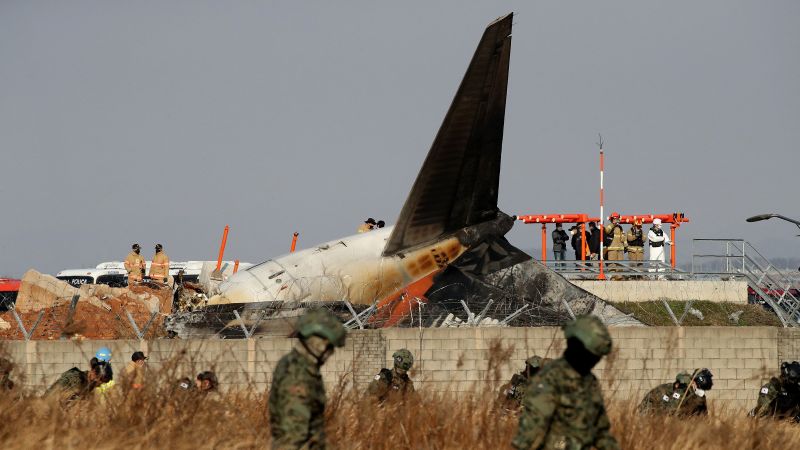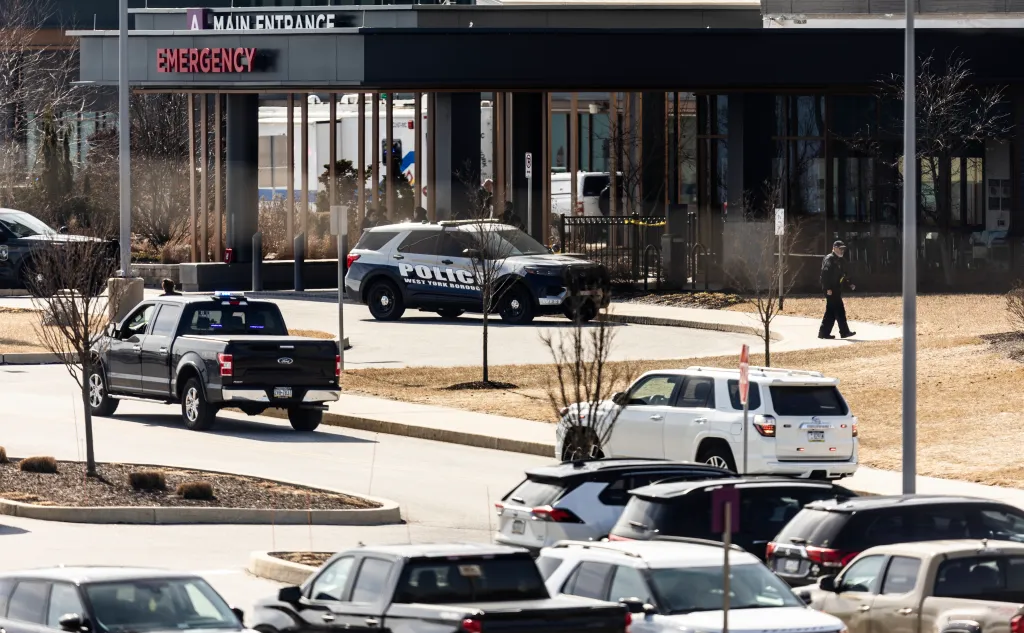The recent Jeju Air plane crash in South Korea has shocked the nation and drawn international attention. While investigations are still underway, preliminary findings and available details provide a clearer picture of the tragic event. This blog delves into what we know so far, including the incident timeline, contributing factors, ongoing investigations, and the broader implications for aviation safety.
Incident Overview
On [insert specific date], a Jeju Air passenger plane en route from [origin city] to Jeju Island experienced a catastrophic failure, resulting in a crash near [specific location]. The flight, carrying [number] passengers and crew members, went down approximately [distance] from its intended destination. Authorities confirmed [number] fatalities and several injuries, with survivors being treated at nearby hospitals.
The Aircraft
The aircraft involved in the crash was a [specific model], a workhorse of short- to medium-haul flights. Manufactured by [manufacturer], this plane had logged approximately [number] flight hours since its induction into service in [year]. Regular maintenance checks had reportedly been conducted, with the most recent inspection occurring [timeframe] before the crash. Preliminary data suggests no major mechanical issues were flagged during these checks.
Timeline of the Event
- Takeoff and Initial Flight:
- The flight departed from [origin airport] at [time], with clear weather conditions and no initial indications of trouble.
- Communication with air traffic control was normal until [time], when pilots reported [specific issue].
- Mid-Flight Anomaly:
- At [time], the plane deviated from its intended flight path, losing altitude rapidly.
- Witnesses on the ground reported hearing [description of noises] and seeing [specific visual details, such as smoke or fire].
- Crash:
- The aircraft crashed into [specific terrain, e.g., a forested area, mountain, or body of water] at [time]. Emergency responders were dispatched immediately but faced challenges due to [specific obstacles, such as weather or terrain].
- Rescue and Recovery:
- Rescue teams arrived at the scene approximately [timeframe] after the crash. Initial efforts focused on locating survivors amidst the wreckage.
- The black boxes, including the flight data recorder and cockpit voice recorder, were recovered on [date] and sent for analysis.
Possible Causes
While the exact cause of the crash remains undetermined, investigators have highlighted several potential factors:
Mechanical Failure
Experts are scrutinizing whether a mechanical issue contributed to the crash. Preliminary evidence points to [specific issue, e.g., engine failure, hydraulic problems, or structural damage]. However, further analysis is needed to confirm this hypothesis.
Weather Conditions
Although the weather was reportedly clear at takeoff, sudden changes in atmospheric conditions could have played a role. South Korea’s aviation authority is reviewing meteorological data to determine whether turbulence, wind shear, or other weather phenomena were present.
Human Error
The possibility of pilot error is also being examined. Investigators are analyzing the cockpit voice recordings and air traffic control transcripts to assess the crew’s decisions and actions leading up to the crash. The pilots’ training records and experience levels are also under review.
External Factors
The potential for external interference, such as bird strikes or drone activity, has not been ruled out. Additionally, authorities are exploring whether the crash could have been caused by sabotage or an intentional act, though there is currently no evidence to support this theory.
Response from Authorities
Emergency Services
Emergency responders, including firefighters, paramedics, and police, were mobilized swiftly. The response was coordinated by [specific agency], which established a command center near the crash site. Efforts to retrieve victims, secure the wreckage, and provide medical aid were undertaken despite challenging conditions.
Investigation Teams
The investigation is being led by [agency, e.g., South Korea’s Aviation and Railway Accident Investigation Board (ARAIB)], with assistance from [international bodies, such as the National Transportation Safety Board (NTSB) or the International Civil Aviation Organization (ICAO)]. Teams are examining the black boxes, wreckage, and maintenance records to piece together the sequence of events.
Impact on Jeju Air and South Korea’s Aviation Sector
Jeju Air, one of South Korea’s largest low-cost carriers, has faced intense scrutiny following the crash. The airline has grounded its fleet of [specific model] aircraft as a precautionary measure and pledged full cooperation with the investigation.
The crash has also raised questions about the safety standards of South Korea’s aviation industry. While the nation has a strong track record of aviation safety, this incident underscores the need for continuous improvements in regulatory oversight, pilot training, and aircraft maintenance protocols.
Reactions from the Public and Global Community
Public Mourning
The tragedy has elicited an outpouring of grief from the public. Vigils and memorial services have been held across the country to honor the victims. Social media platforms have been flooded with messages of condolences and support for the families affected.
International Condolences
Leaders and aviation authorities worldwide have expressed their condolences and offered assistance. [Specific countries or organizations] have pledged to share expertise and resources to aid in the investigation.
Lessons and Future Implications
While the investigation is ongoing, several preliminary lessons can be drawn from this tragic event:
- Importance of Maintenance:
- Regular and thorough inspections are critical to identifying potential mechanical issues before they lead to catastrophic failures.
- Enhanced Pilot Training:
- Comprehensive training programs that prepare pilots for a wide range of emergency scenarios can mitigate the risk of human error.
- Technological Upgrades:
- Incorporating advanced safety features and monitoring systems in aircraft design can help prevent similar incidents.
- Emergency Response Preparedness:
- Strengthening coordination among emergency services ensures faster and more effective responses to aviation accidents.
Conclusion
The Jeju Air plane crash in South Korea is a stark reminder of the complexities and risks involved in air travel. As investigators work tirelessly to uncover the truth, the aviation industry must take proactive steps to enhance safety measures and restore public confidence. Our thoughts remain with the victims and their families during this difficult time.
Stay tuned for updates as more information becomes available.






